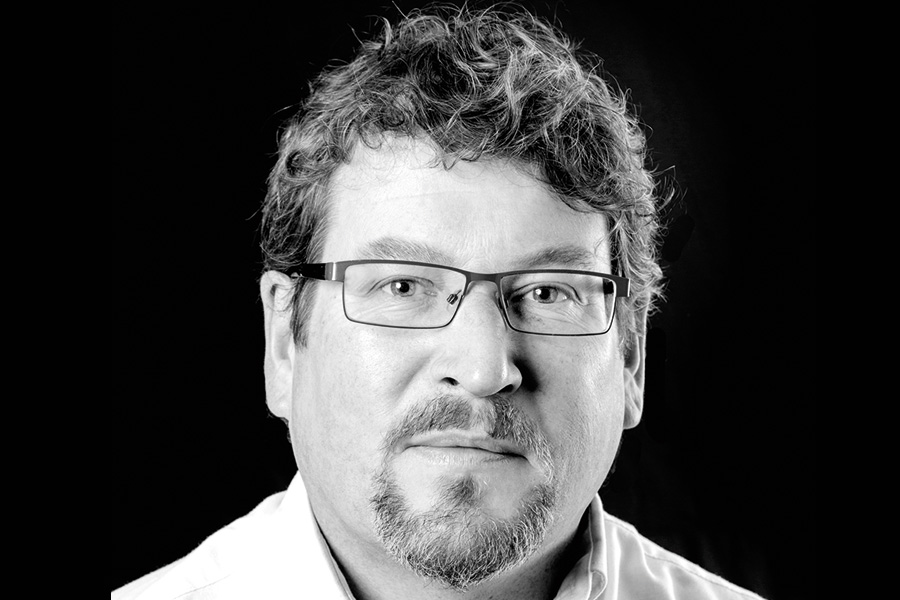The creative possibilities which come with modern timber floor refinishing techniques shouldn’t be sniffed at, says Alec Stacey.
IT’s a sad reality that many serviceable wooden floors are ripped out and discarded. This could be because the client wants a completely new look for their floors but is unaware of the creative possibilities which come with modern timber floor refinishing techniques.
Consider the variety of LVT flooring on offer. One manufacturer offers more than 110 types of LVT which resemble wood, illustrating the end-user’s desire for different colours and textures etc along with the attraction of a natural material, such as wood.
Staining timber flooring is very common with many manufacturers having wide colour pallettes of options; however, more bespoke effects are possible by mixing colours and utilising modern techniques for introducing texture to the wood. Wire brushes attached to a rotary buffer can remove the softer wood with many timber species allowing a deep texture to be produced.
With a plank floor the application of paint will produce a completely opaque coating, but with the visible texture the surface is still identifiable as wood. More elaborate looks are possible by using combinations of different pigmented oils and pre-treatments which can be used to adjust the contrast between the natural timber colour and the coloured oil or stain.
Simple techniques, such as water-popping (wetting the surface using a roller and allowing the timber to dry thoroughly) can be extremely useful in terms of intensifying the expression of a stain or coloured oil. Applying water to wood swells the timber fibres and gives the classic ‘grain-raise’, a rougher texture to the surface even after the bare wood has been finished with very fine abrasives. This more open texture allows a greater quantity of stain/coloured oil to penetrate giving about twice the intensity of colour.
Similarly, if the surface of a timber species such as oak is sanded much finer than the 120grit which is a typical finishing point, for example using a 240grit or even finer, a much-reduced quantity of pigment in the wood will produce a more subtle colouration.
Introducing a texture can be achieved in different ways. Early efforts by manufacturers focused on distressing drums for belt or drum sanders. These drums, with stiff wire filaments, work well when used on plank floors, but when the timber grain runs in different directions, such as with herringbone floors or those with borders etc, the process runs into problems.
Rotary brush systems have since been developed, which can introduce a deep texture onto any type of wood floor, providing the timber species is suitable for brushing, as not all are.
With an effective and versatile system now available to introduce a brushed texture, this greatly expands the possibilities for creativity during wood floor renovation.
An obvious benefit of a simple brushing system is when refinishing engineered factory-finished brushed and lacquered or brushed and oiled products. Before the customer would have to tolerate having a completely flat and smooth surface following a full sand and refinish treatment. Now, the customer can have the texture which attracted them to the flooring in the first place. In addition to this interesting decorative effects are possible with a more textured timber surface.
Grain-filling offers a radical way of altering the appearance and maximising the contrast between the grain and the rest of the wood, along with offering increased colour options. Here a deep texture is produced and then subsequently filled using a water-based filler with fine sanding dust and pigment paste. The excess filler is then sanded off leaving a flat surface again but with the grain emphasised in a different colour.
Above we can see an oak floor that was painted black and then grain-filled with white-pigmented filler.
Here, the bare oak was grain-filled using black-pigmented filler. The excess was then sanded off once dry leaving the effect just in the grain. The surface was then treated with a water-based lacquer.
Of course, this technique isn’t effective on all timber species, but it can produce interesting effects which are easy to replicate, expanding the options for the increasingly demanding customers and hopefully promoting refinishing a wood floor above replacement.
www.bona.com
Alec Stacey is technical manager for region south & west Europe, Bona


